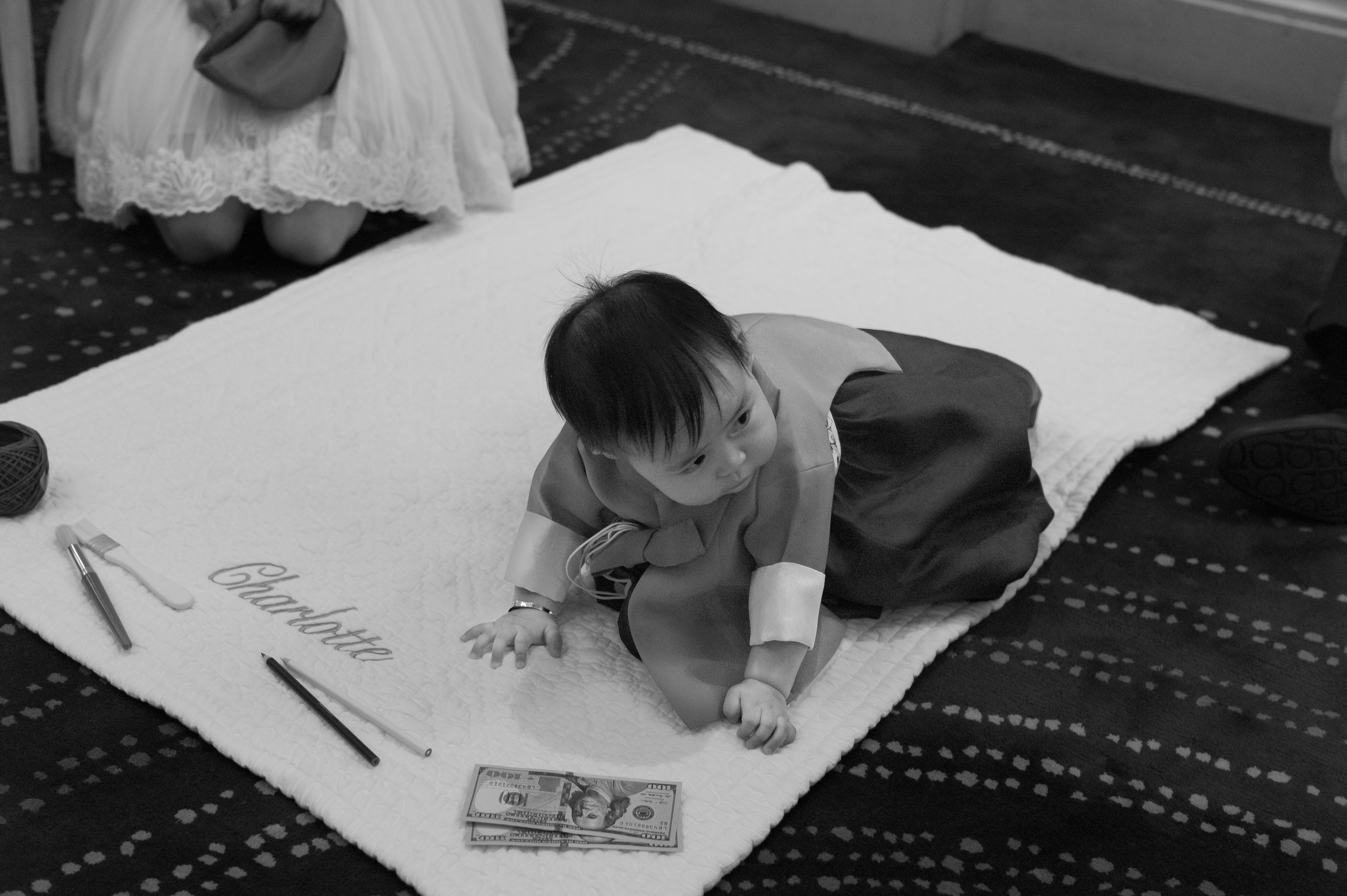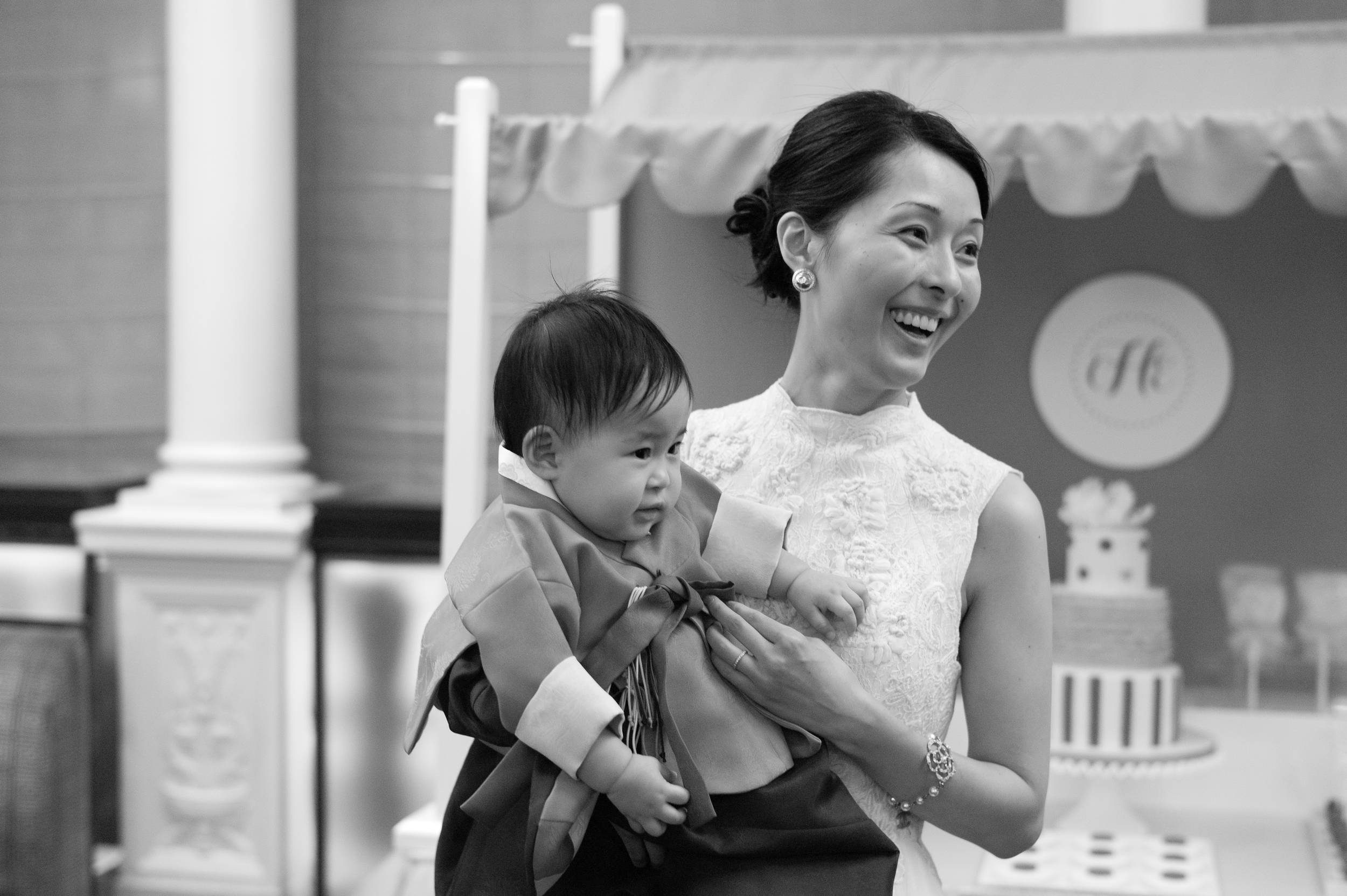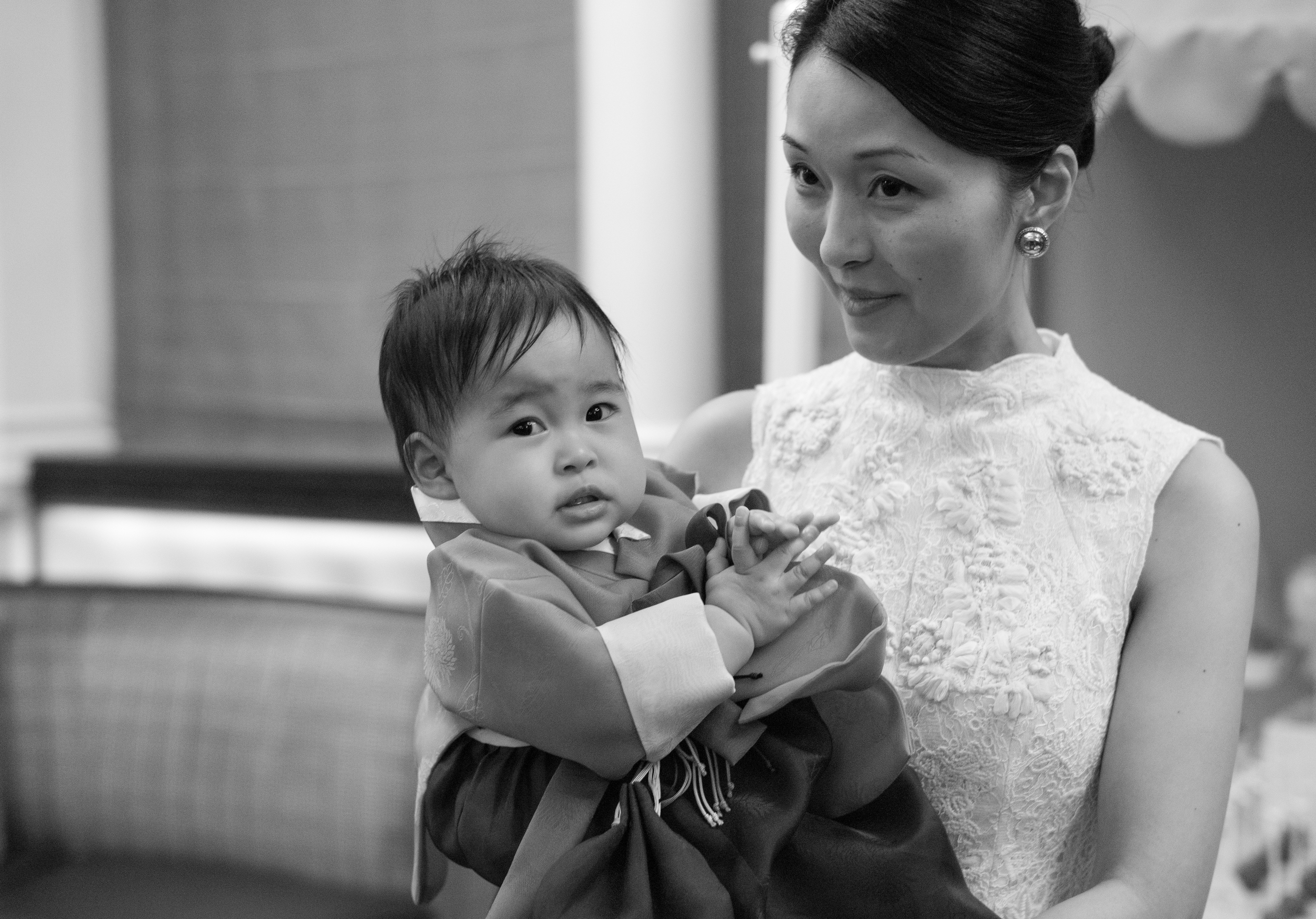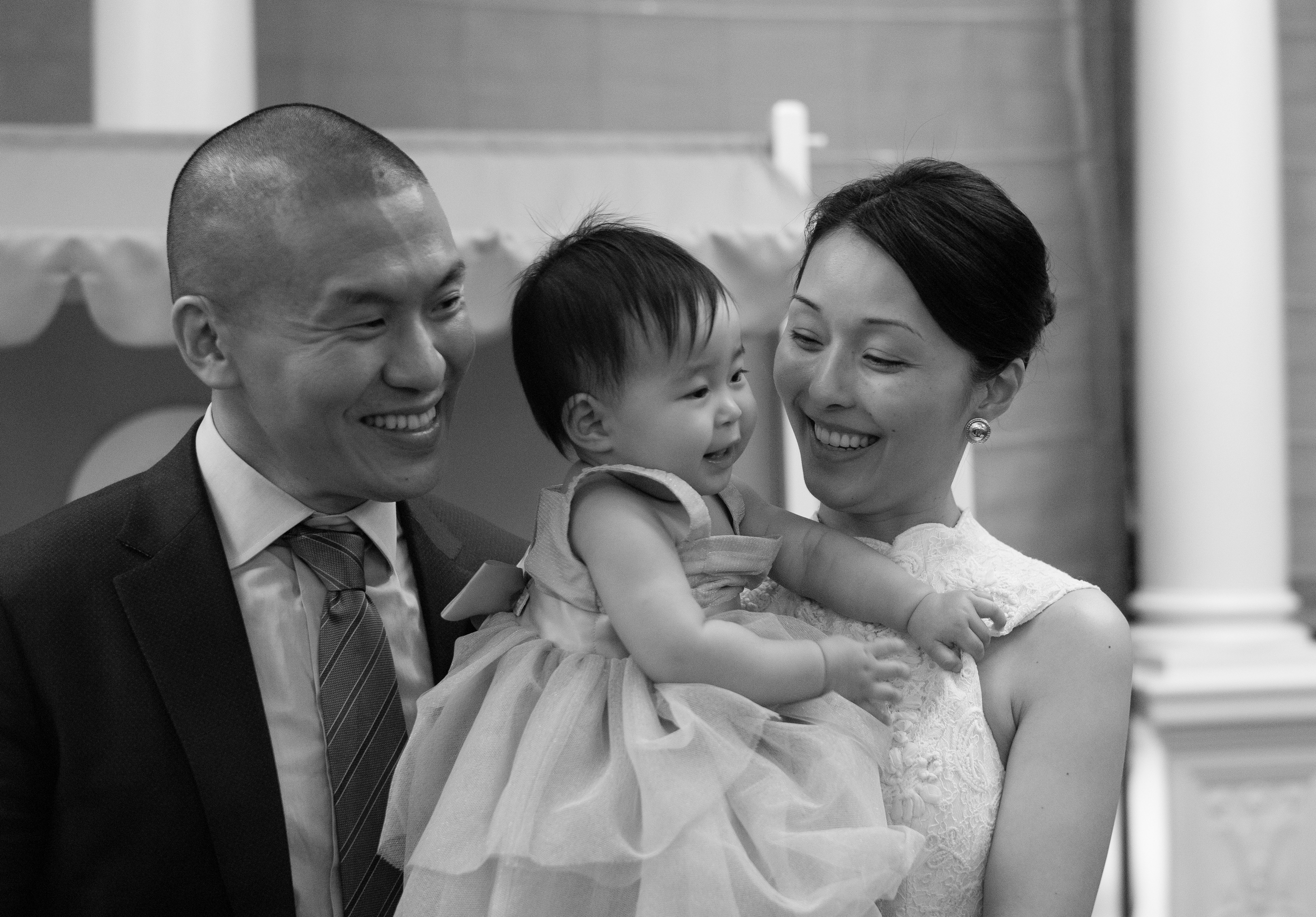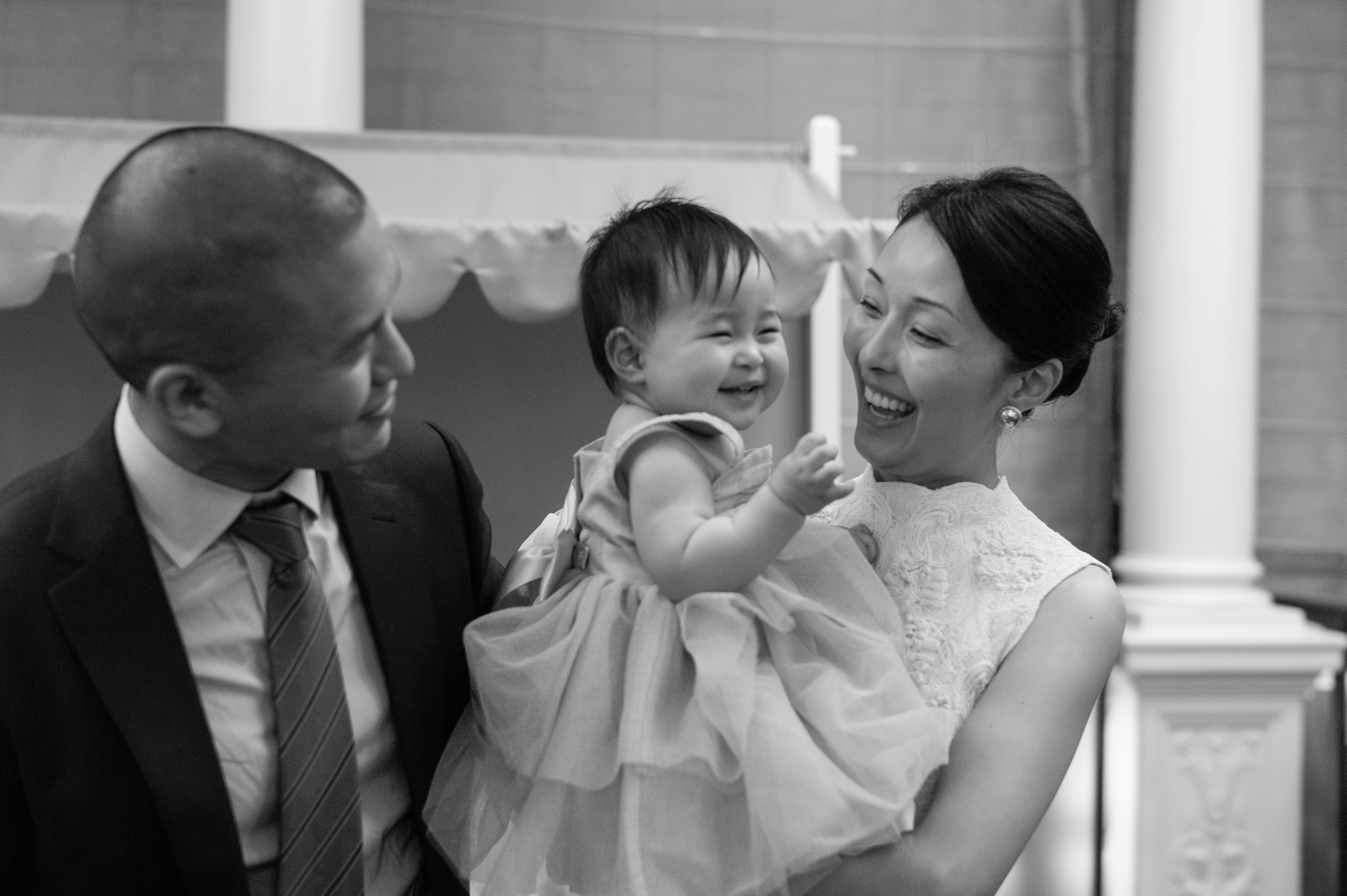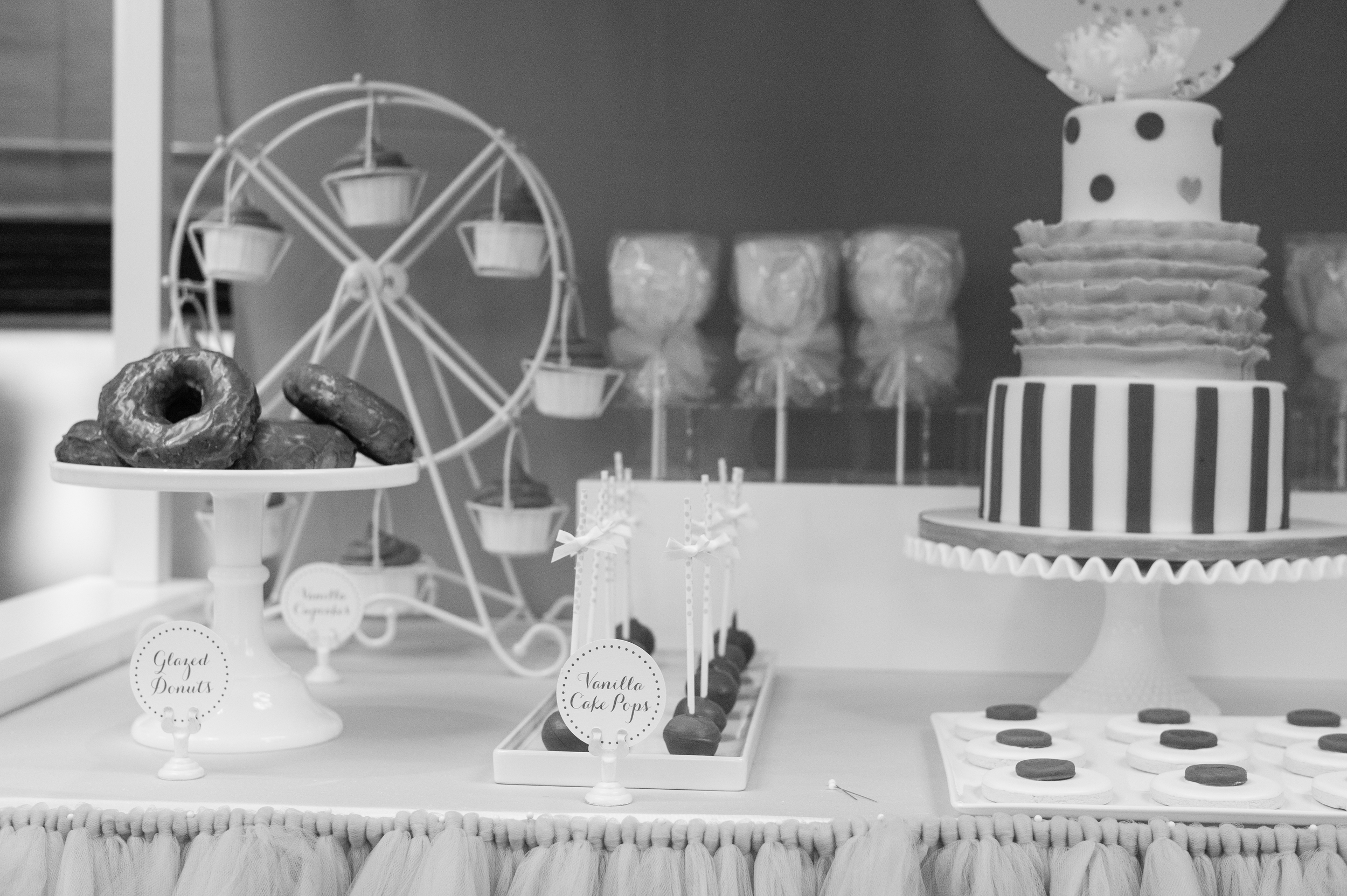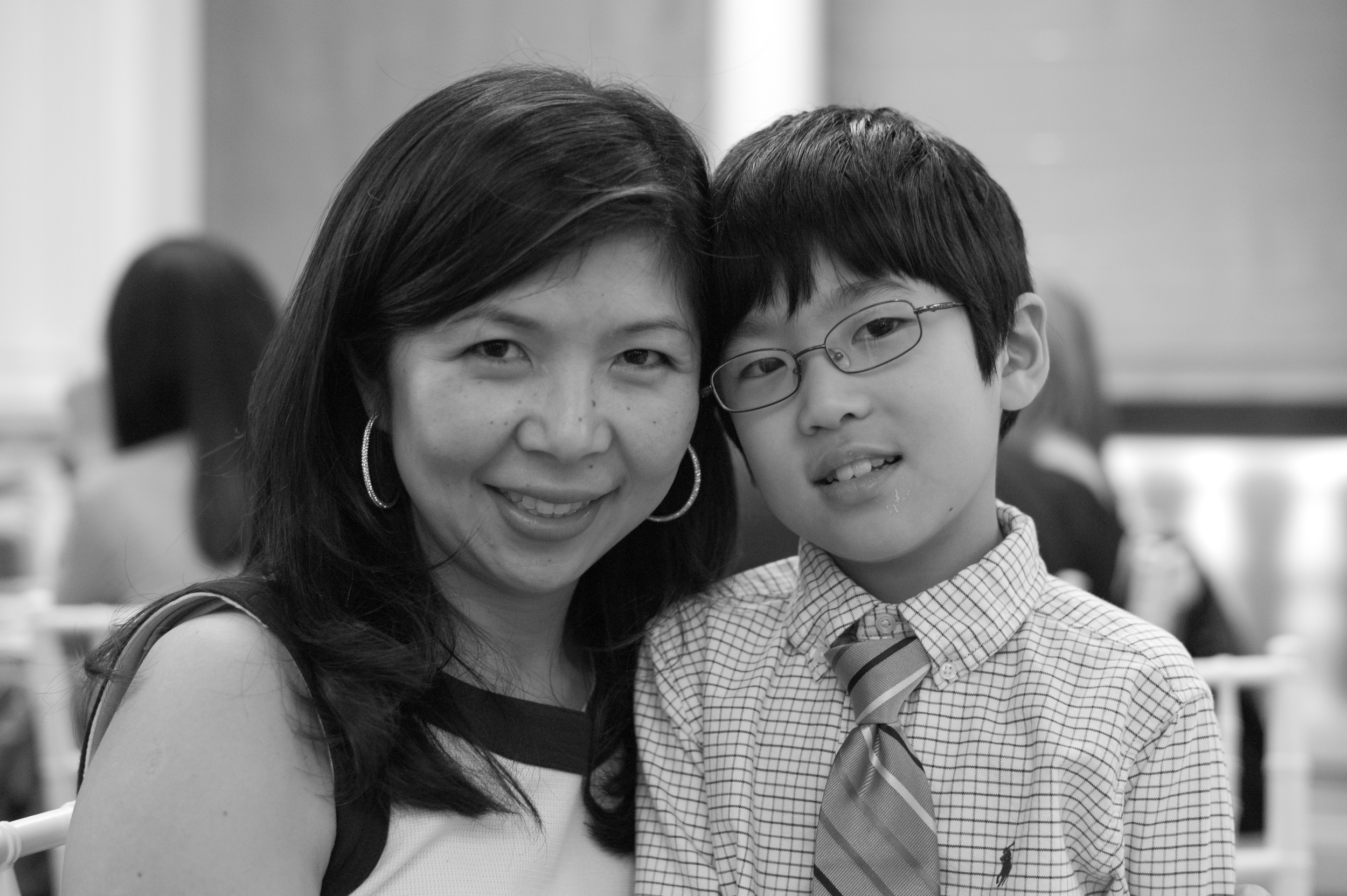Selfies as a second language
Of the people I follow on Snapchat, about half are old people (lots of middle-aged white male VC's, maybe trying to make sense of what it is), the other half are young and what I'd consider Snapchat natives. As a product person, it's fascinating to observe stark divides in consumer behavior. Often these are generational divides, less discussed than technological shifts like those fueling platform shifts or industrial revolutions, but no less fascinating. Often, these behavioral changes happen because of technology shifts, as humans evolve with their new tools and altered environment. In Snapchat is one of the cleanest, most universal of these behavioral fault lines.
When I send a Snap to any of the people in my address book, the oldies respond, inevitably, with some text message, maybe an emoji if they're somewhat hip. If I send a Snap to a young'un, inevitably I'll receive a selfie in response.
Since I noticed this a few years back, I've tracked it across the years, and it's still the case, to an astonishingly consistent degree. I'm talking nearly 100%, and I can't remember any exceptions.
My theory on this is that older folks did not grow up with front facing cameras on smartphones and thus experience an uncomfortable body alienation from seeing themselves in photographs akin to how most people hate hearing their own voices the way other people hear them. We perceive our own voice differently than others because we hear our own voices reflected back from the world mixed in with feedback from the machinery we use to generate that sound. Other people only hear the former.
For my generation, we grew up mostly seeing ourselves in mirrors, and thus that's the way we visualize our face and body. When we see ourselves in photos, we see a flip of what we're used to seeing in the mirror, and it's discomfiting.
Cameras can introduce additional distortion depending on the focal length of the lens. Almost all smartphone cameras have wide-angle lenses. The iPhone camera is something like 28mm (in 35mm camera terms); I'm not sure what the front-facing camera is, but it's wide. A 50mm focal length is typically considered a neutral lens in 35mm cameras, and any focal length shorter than that is usually considered wide.
That old cliche about how the camera adds ten pounds? It refers to the distorting effect of wide angle lenses which are very common in television and film, especially for a lot of closeups and medium shots. If you ever see an actor or model in person they look surprisingly thin. People who look normal on camera look thin in person, and models, who look thin on camera, look malnourished in person.
What is unpleasant for faces can be flattering for spaces. Almost all housing interiors for sites like Airbnb or any real estate listing are shot with wide angle lenses. Often it's the only way to capture an entire room from a photo shot within the room, but it has the pleasant effect of expanding the space. This is why, if you ever go to a live taping of a TV show like Saturday Night Live or The Daily Show, it's shocking how tiny the studio actually is compared to how it appears on TV, and why that seemingly spacious apartment you rented on Airbnb feels like a bathroom stall when you arrive in person, roller bag in tow.
If the wide angle smartphone camera lens renders people's faces larger, the effect is exaggerated when the camera is held at mere arm's length. It makes people look heavier than they're used to seeing themselves in the mirror, and that's not pleasant for all except those with tail distribution positive body image. There's a reason a portrait lens is usually longer than neutral, often starting at 85mm or longer, and why fashion shoots often use telephoto lenses that require a photographer to stand really far from their subjects, sometimes so far they have to shout directions to the model through a megaphone. The longer the lens, the shallower the focus, the more flattering the portrait.
However, this generation of kids who've grown up with a smartphone pointed at their faces from the time they were infants have seen themselves hundreds if not thousands of times through the funhouse mirror eye that is the smartphone camera. So much so, I speculate, that they experience a much lower degree of photographic body alienation than my generation. I may see myself in a bathroom mirror a few times a day, once in the morning, a few times at work, and once at night. Kids of this generation, armed with smartphones from an early age, often see themselves in photographs, on a screen, dozens of times a day.
Furthermore, they've internalized this disparity in impact between their photographic and real world representation the way celebrities and models do. It's just math. Ubiquitous smartphones and social media allow exponentially more people to see their photographic self than their real world body. It's entirely rational to consider their virtual self to be more important in the accumulation of social capital than their physical selves. Time spent mastering the selfie is time spent on the largest audience, and while it may be horrifying to see young people shooting dozens of photographs of themselves before posting to social media, then subsequently A/B testing which photos garner the most positive social media feedback, it's behavior one would predict for homo socialis.
They say a picture is worth a thousand words. While the exact ratio may be something we can actually calculate with a cleverly designed experiment, even in the absence of such a test it's clear that the multiplier is significant. We are, all of us, straining against the more narrow emotional register of text, especially when we often face character limits, both imposed and self-inflicted (due to the inconvenience of typing on smartphone keyboards). As email and text messaging replaced more expressive mediums like phone calls and handwritten letters, we find ourselves apologizing, quite often, for coming across other than we intended.
It's no surprise that many writers resorted to adding emotional modifiers like =) to emails. Even prior to those early emoji, the use of exclamation points in online communication was noticeably higher than in regular writing, lest we come off as bored, or even worse, cold (increasingly, it becomes a contrarian power move to eschew exclamation points entirely; the irony of Donald Trump ending every tweet with an exclamation point is how silly it is for the leader of the free world to resort to such linguistic chest puffery).
After early emoticons came the age of emoji, and now the GIF has shouldered its way into the conversation. Each successive communications trend brings a more efficient carrier of emotion, per byte, than text, and compression matters in this clipped conversational age.
In most cases, I much prefer receiving a selfie in reply to a message I send than a text response, because the human face is a miraculous instrument, almost incapable of the abstraction of raw text. Still, I can't bring myself to send selfies as responses.
Perhaps if I looked like Ryan Gosling or Gal Gadot, I'd spend hours admiring myself in a mirror, snapping selfies at all different angles just to see if it was even possible to make myself look anything less than gorgeous. Is it even possible for Denzel Washington to cringe at the sound of his own voice played back to him? If I were Denzel I'd just talk to myself all day, just to marvel at how I could make anything sound like the word of God.
But I suspect it's more than that. I've happily embraced emoji and the fetishistic allusiveness of the GIF. When it comes to the selfie, however, I'm a not-yet adopter. I am of that generation for whom selfies are not second nature but instead a second language.

